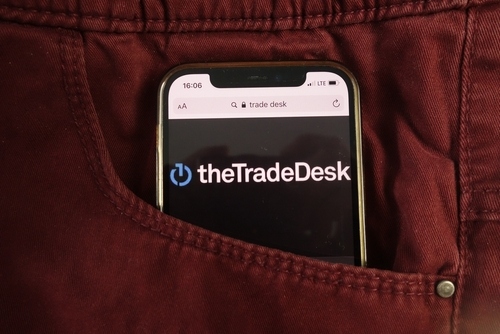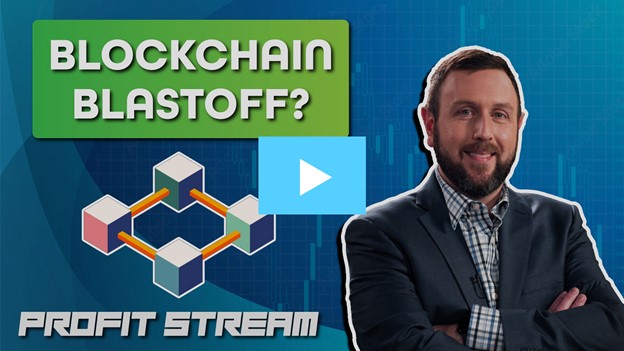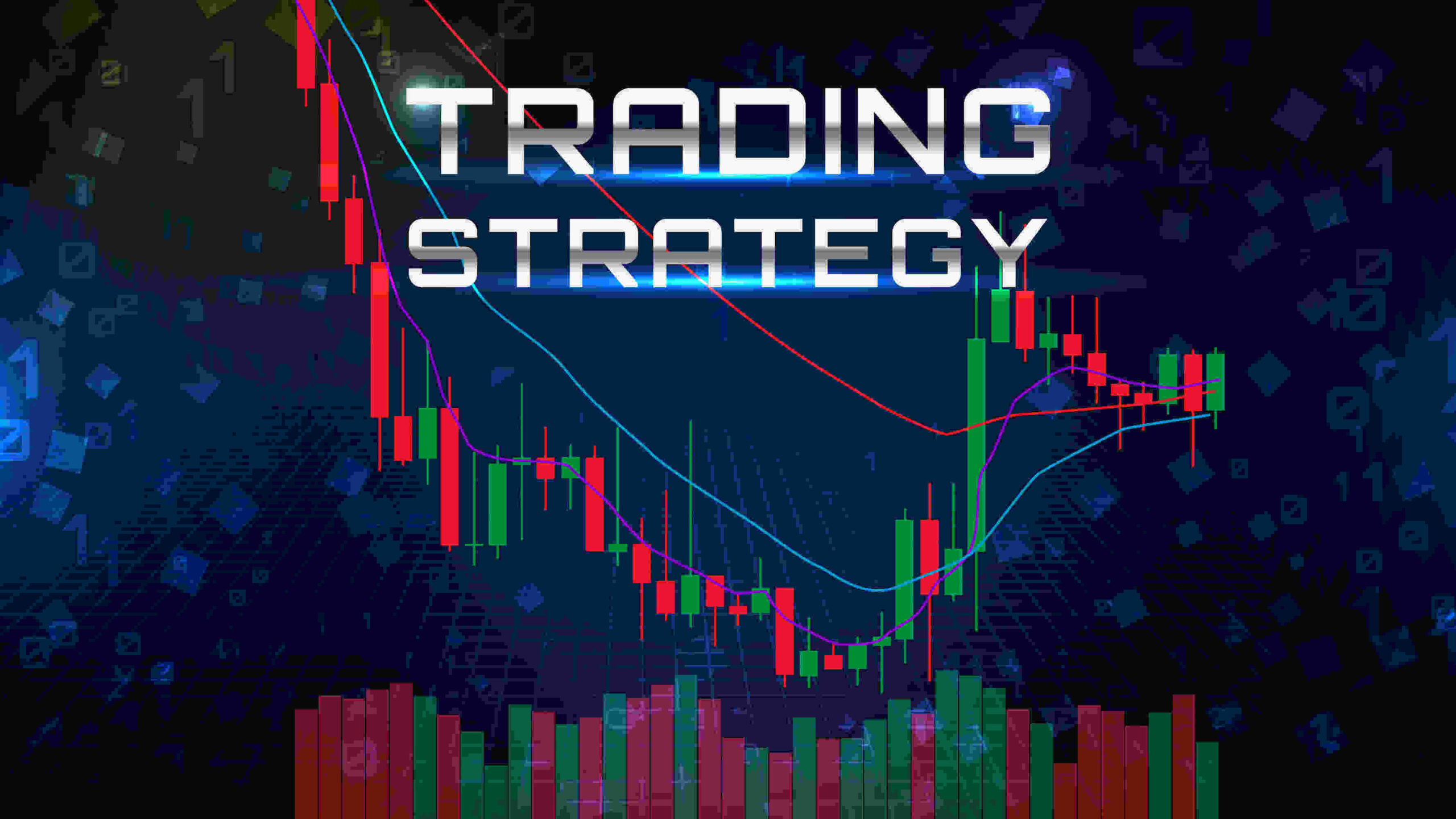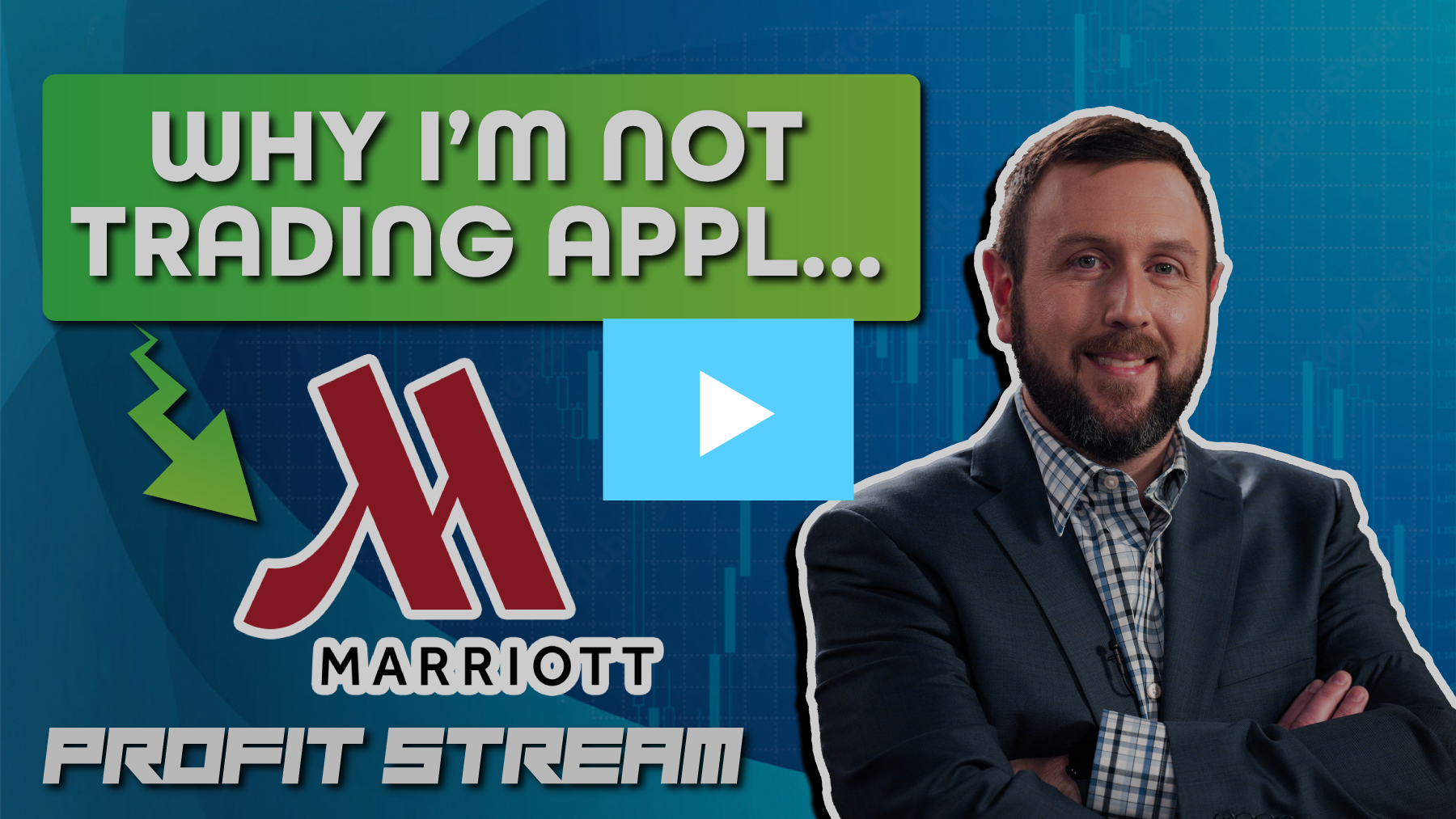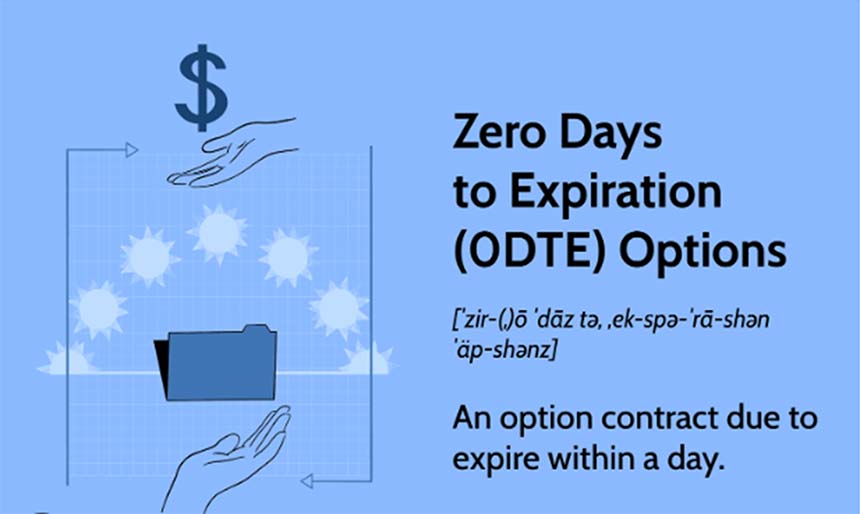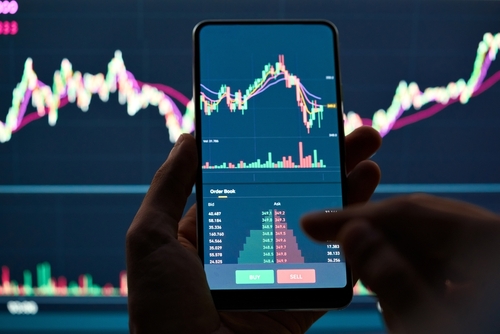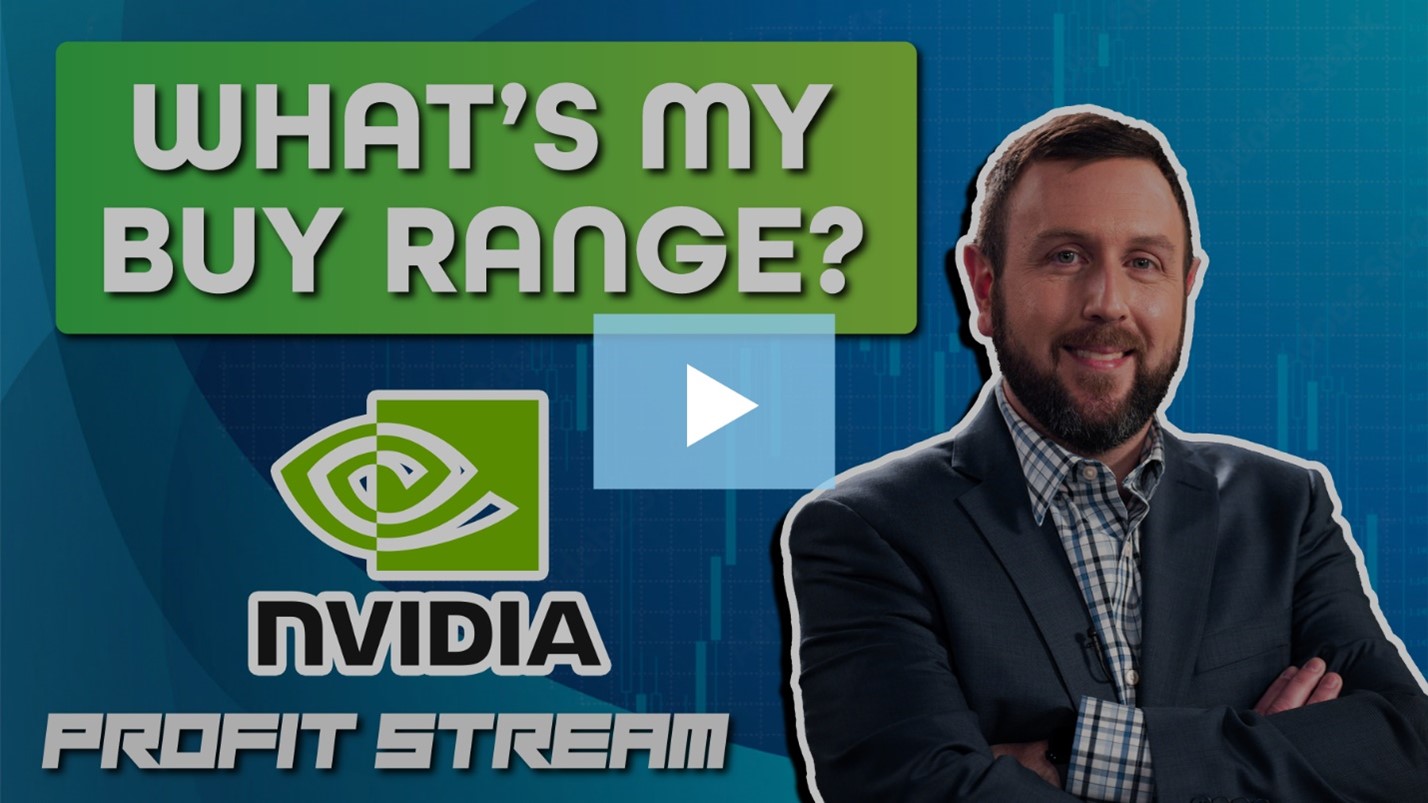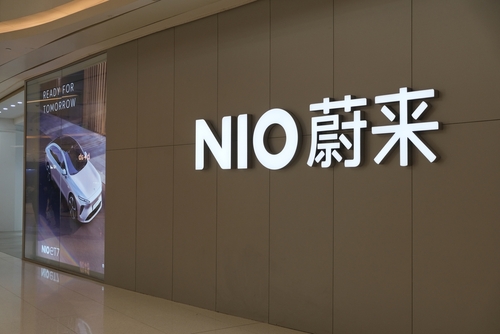Trade GameStop Like a Pro With This Essential EMA Strategy
Hey Gang,
There is NO WAY I am missing out on the latest meme stock run.
But I’m not approaching it the way you might think.
Yesterday, I told Profit Surge Trader members I planned to buy MORE Google (GOOGL) calls.
At first, no one understood why.
The stock lacked any A+ setups. Earnings were already in the rearview mirror. Plus I was already upside down on the calls I already owned.
And it didn’t seem connected to the latest meme stock moves at all.
But then I explained how this was a different type of setup than my typical TPS trades.
It relied on simple technical analysis and news catalysts. Plus, it’s pretty easy to understand, even for newer traders.
I used it as a cheap way to trade out of my loss into breakeven.
But the best part is this setup can be applied to ANY stock, including meme runners like GameStop.
So, buckle up because you’re about to learn a bread-and-butter trading setup that you can apply immediately.
The Moving Average Bounce
Daily chart exponential moving averages (EMAs) are one of the simplest ways to find support and resistance.
While I’ve found them most effective on the daily chart, they also work well on intraday charts.
The idea is pretty straightforward.
I want to use the exponential moving average as a support level as long as the stock hasn’t touched it in a while.
How do I define “a while”?
Typically 5-7 candles or more. That’s more of a rule of thumb than a hard requirement.
Let me show you what I mean.

This is the daily chart for Google.
The white line is the 8-period EMA. The blue line is the 21-period EMA. And the yellow line is the 55-period EMA.
Over the last week, Google’s stock price touched the 8-period EMA multiple times.
It hasn’t touched the 21-period EMA since earnings. Plus it traded pretty far away from that EMA.
Combined, these two concepts make it more likely shares will bounce off that level.
Adding the News
An easy way to give your trade a little extra oomph is to look for a run up into an important event, such as earnings.
In Google’s case, they had the big I/O innovation event, which started today.
Material events, such as product launches that build excitement, stock splits, or similar events, can cause a stock to push higher into the event, so long as markets aren’t falling apart. Minor speaking engagements or talks don’t count unless there’s a chance big news could drop.
News catalysts alone aren’t enough to make a trade. But when I combine them with even a simple setup, like a bounce off the moving averages, they create an opportunity.
How I Used It
We need to go back to April 26th, when this trade started.

I initiated a position on April 26, buying one contract for Google’s $175 strike, with a May 17 expiration, for $3.55.
At the time, markets were in full-on bull mode. Google announced plans to pay a dividend, which got investors excited and sent shares soaring.
Unfortunately, my timing was terrible as that turned out to be the high.
As shares fell, I added to the position, lowering my total cost.
- Bought one additional contract on April 30 for $1.86
- Bought two additional contracts on May 10 for $0.93
Why did I keep adding to this trade?
Because as time went on, Google started to form a TPS setup.

There were several squeezes along the way on shorter timeframes like this 30-minute chart.
None of them led to any extraordinary breakout.
But, I still had time on my side since the options didn’t expire until May 17.
My final purchase yesterday added four contracts at a price of $0.33.
This brought my average cost down to $1.07 from $3.55.
When markets opened today, I managed to exit the entire trade at $1.07, breaking even.
By that point, there wasn’t an A+ TPS setup yet, though one could be forming.
Here’s why I added to the trade.
One of the worst things that can happen for a TPS setup is the stock trades sideways while implied volatility shrinks.
This happens when I jump in early rather than waiting for the squeeze to form and stick for a few candles.
When I started this trade, my average cost was $3.55.
Before yesterday, my average cost was $1.92.
Adding to that position when the options were so cheap allowed me to drop that average cost down to $1.07.
I was only able to do this because I had started small.
That’s why risk management is crucial with every trade.
I have no problem jumping in early as long as I keep my size small.
I’m only going to go in with size when I have limited risk and a lot of upside.
Playing Meme Stocks
The concepts I just showed you on Google apply to any stock, including GameStop.
Take a look at the 5-minute chart:

Just like we saw with Google’s daily chart, shares of GameStop dropped right into the 21-period EMA and created a nice bounce.
In fact, the same thing happened with the 8-period moving average as well.
Go back 24 hours and you will see the same thing as yesterday.

This simple idea works again and again.
With Roaring Kitty’s tweet as a catalyst, all I have to do is look for setups like this to trade.
Action Plan: Most traders think they need hundreds of trade ideas to generate some real profits.
In reality, all it takes is a few well-placed trades to make your entire year.
That’s why Profit Surge Trader is the perfect place to cut your teeth in trading.
With a full suite of education, Live trading with Q&A, and a couple of killer trade ideas each week, you’ll have the tools to trade any stock you want.
Don’t miss your chance to get ahead of the latest meme craze.
More from Trade of the Day
The No. 1 Insider Stock for 2024?
Jul 26, 2024
Why I’m Buying This 3-month Trigger Catalyst
Jul 24, 2024
Jul 23, 2024


